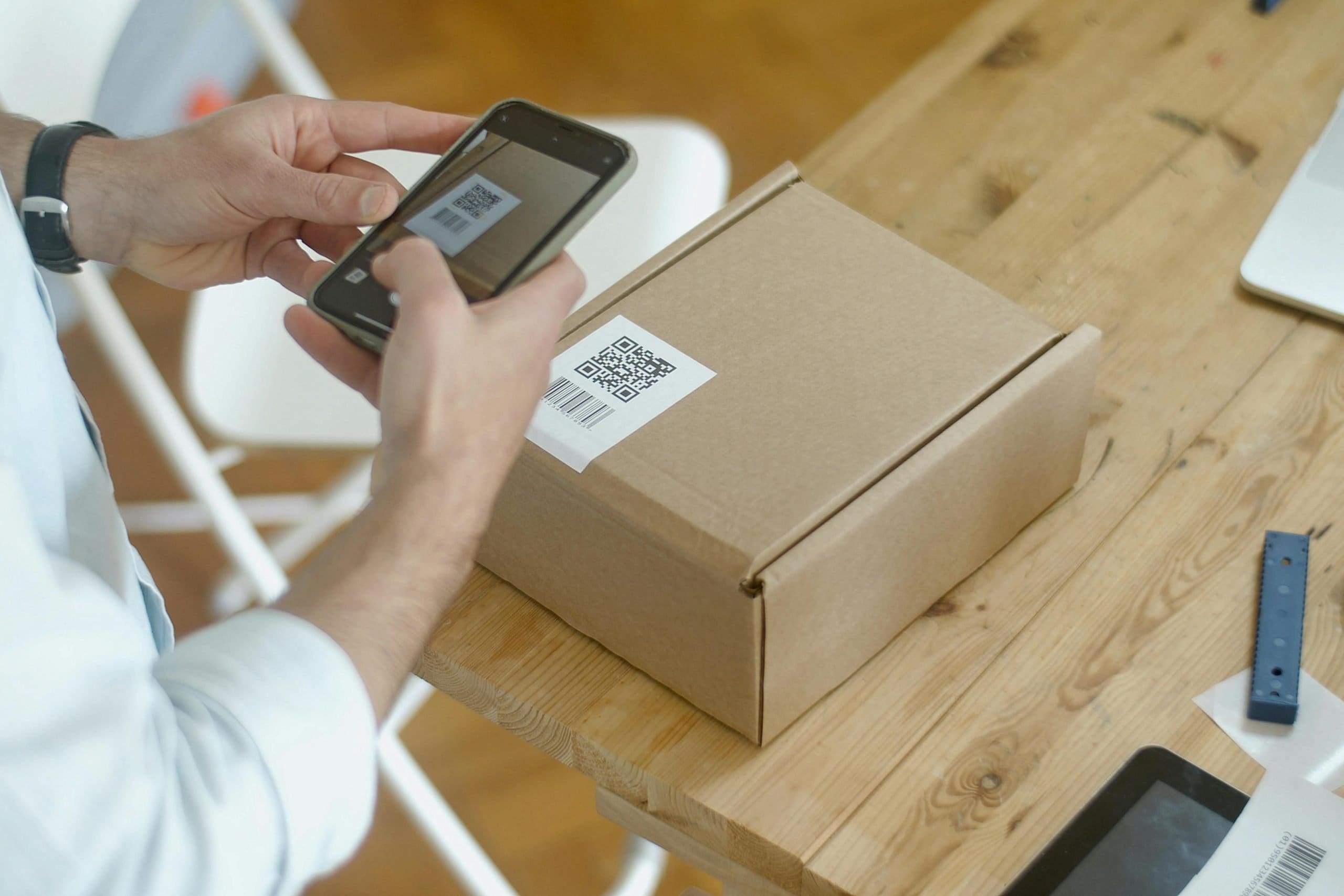QR Codes: Expanding Applications and Emerging Trends in 2025
In our 2022 discussion, we explored the growing applications of QR codes across various industries. Fast forward to 2025, and QR codes have not only solidified their presence but have also evolved with innovative uses and technological advancements. Their integration into daily life has expanded beyond just marketing and payments, with new security measures, creative applications, and widespread adoption across industries.
The Rise of QR Codes in Retail
One of the most significant developments is the retail industry’s shift from traditional barcodes to QR codes. Major brands like Coca-Cola, L’Oréal, and Procter & Gamble are spearheading this transition to enhance customer engagement and provide detailed product information. Unlike standard barcodes, QR codes can store extensive data, including ingredients, allergen warnings, and promotional offers. This shift is part of the Sunrise 2027 project led by GS1, targeting a complete transition to QR codes within the next three years. (Source: The Wall Street Journal)
Retailers are also leveraging QR codes for in-store experiences, allowing customers to scan products for real-time inventory checks, personalized promotions, and self-checkout capabilities. These codes provide seamless shopping experiences, reducing the need for human interaction while improving efficiency.
Enhanced Consumer Interaction
QR codes have become a bridge between physical products and digital experiences. By scanning a QR code on packaging, consumers can access tutorials, virtual try-ons, and detailed product insights. This interactive approach not only enriches the customer experience but also fosters brand loyalty. Brands are using QR codes to provide immersive augmented reality (AR) experiences, allowing customers to see how furniture would look in their homes, try on digital outfits, or learn about a product’s journey from sourcing to final production.
Additionally, businesses have increasingly incorporated QR codes into loyalty programs. Instead of carrying physical loyalty cards, customers can scan a QR code to collect points, redeem offers, and receive personalized recommendations based on purchase history.
Growth in QR Code Usage
The adoption of QR codes has seen a substantial increase. In 2022, approximately 89 million Americans used QR codes, marking a 26% rise from 2020. Projections indicate that by 2025, over 100 million U.S. smartphone users will engage with QR codes for various purposes, including payments and accessing information. (Source: QRCodeChimp)
The COVID-19 pandemic accelerated the global adoption of QR codes, particularly in the restaurant and hospitality industries. Contactless menus, self-service kiosks, and touchless payment systems became the norm. Even post-pandemic, these features have remained due to their convenience and efficiency.
Governments and institutions are also using QR codes for official documentation, such as digital vaccine passports, event ticketing, and electronic boarding passes. This digitalization trend is expected to continue growing as organizations look for efficient ways to streamline processes and reduce paper waste.
Security Considerations
With the widespread use of QR codes, security concerns have emerged. Cybercriminals have exploited QR codes to direct users to malicious websites or to steal personal information—a tactic known as “quishing.” Scammers have been known to replace QR codes on parking meters, restaurant tables, and promotional materials with fraudulent ones, leading unsuspecting users to phishing sites.
Businesses and individuals need to be cautious when scanning QR codes from unknown sources. Best practices include verifying the source of the code, using QR scanners with built-in security features, and avoiding entering sensitive data unless certain of the code’s legitimacy. (Source: Huffington Post)
Future Outlook
Looking ahead, QR codes are poised to become even more integral to daily life. Innovations such as Rectangular Micro QR Codes (rMQR) have been developed to fit into narrow spaces, making them suitable for applications where traditional QR codes may not be practical. (Source: Wikipedia)
The hospitality industry is also leveraging QR codes to streamline guest check-ins, keyless room entry, and personalized concierge services. Public transportation networks in major cities are adopting QR codes for contactless ticketing, reducing reliance on physical travel passes.
Additionally, blockchain technology is being integrated with QR codes to enhance transparency and security in supply chains. Companies are using blockchain-powered QR codes to provide real-time tracking of shipments, verify product authenticity, and prevent counterfeiting in high-value industries like pharmaceuticals and luxury goods.
Conclusion
Since our last discussion, QR codes have evolved from a convenient tool to a cornerstone of modern interaction between consumers and businesses. Their role in retail, security, marketing, and contactless interactions continues to expand, making them a crucial part of digital transformation efforts across industries. As technology advances, we can anticipate even more creative and secure applications, further embedding QR codes into the fabric of our daily experiences.
To find out how we can use QR codes in a variety of ways in your next digital or print campaigns just get in touch!


